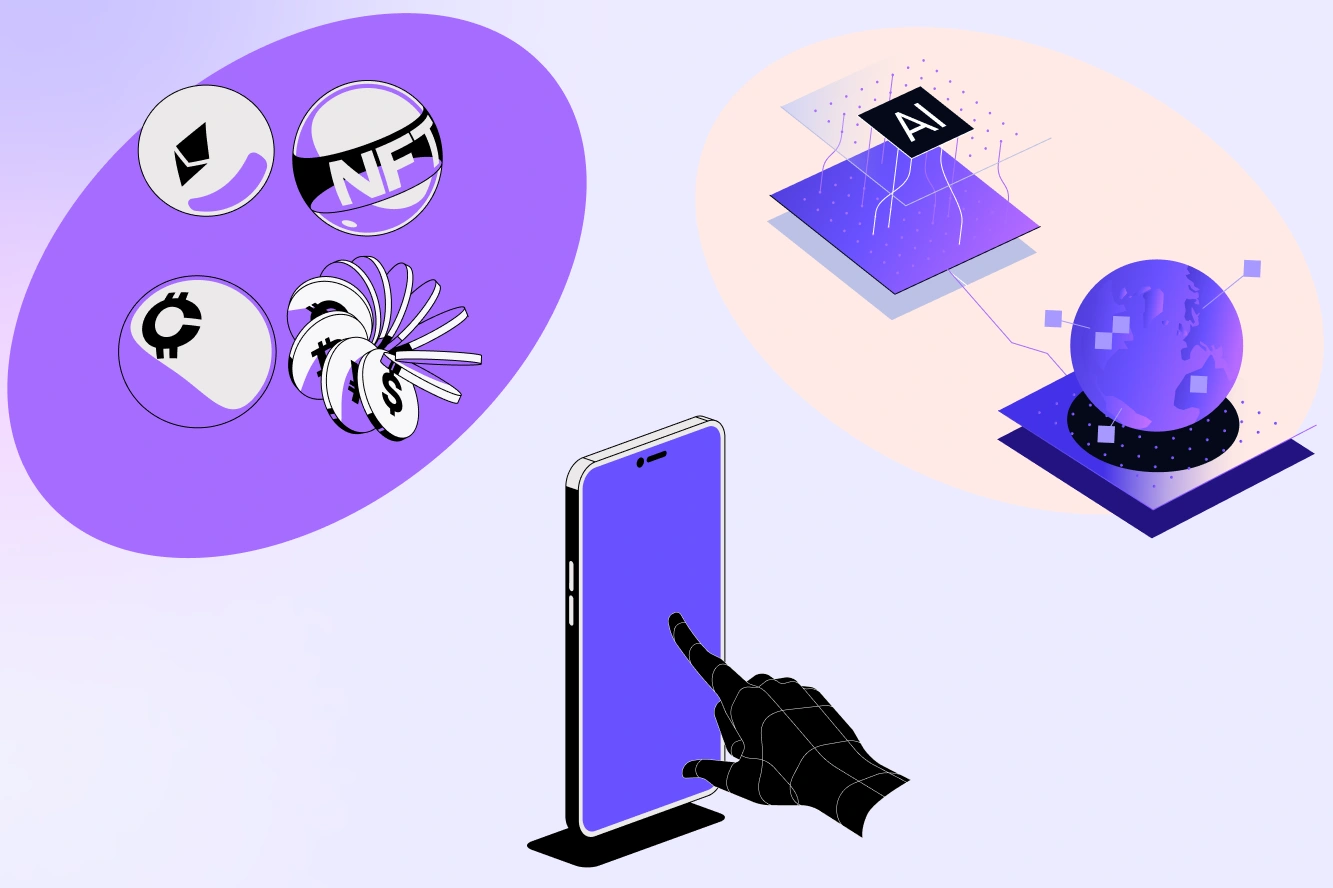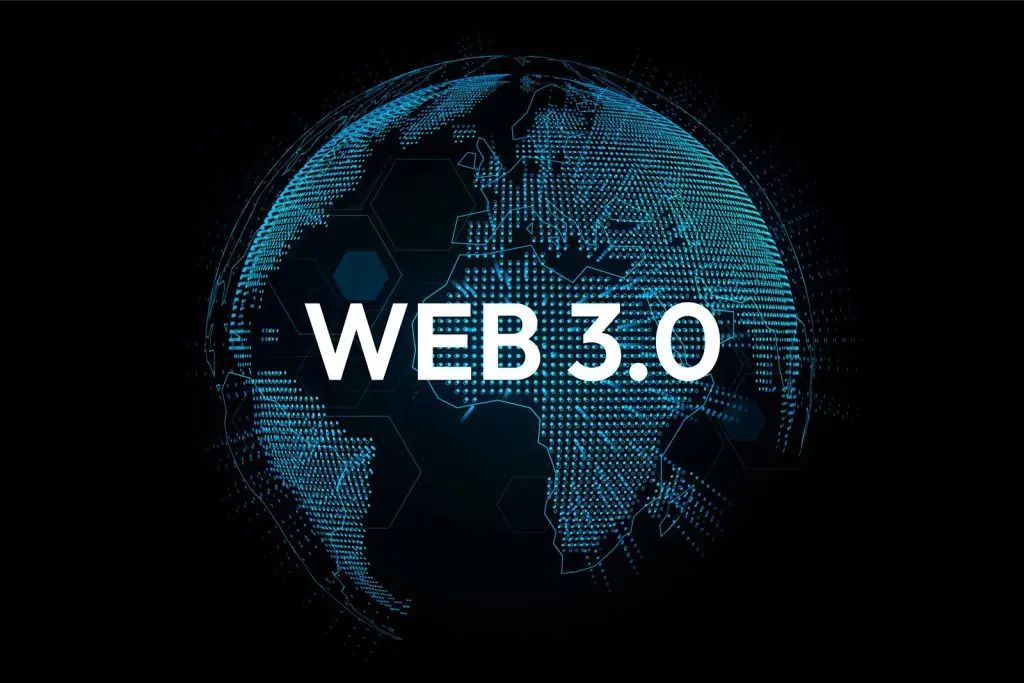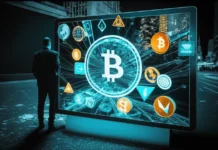
Web3 hasn’t been consumer-centric. Web3 has been an attempt to revolutionize our web space. If you didn’t know, we’re currently operating on Web 2.0. Web 3.0, or Web3, is a decentralized approach where the XLM Price, Ethereum Price, Bitcoin Price, etc, live – but we’ll talk more about that in the article.
Not many people know about the concept of Web3, but they soon will. It’s becoming more consumer-centric by the day, with brands like Visa – something most of us use daily – launching Web3 loyalty rewards.
Is this signaling a shift for Web3 to a consumer-centric approach? Will it mean a wider adoption of Web3 processes and applications?
Let’s explore.
Web3 vs. Web2

As we navigate through the digital age, understanding the transition from Web2 to Web3 is crucial in appreciating the monumental shift occurring in our interaction with the online world. Web2, often referred to as the ‘read-write’ phase of the internet, revolutionized the digital landscape by enabling user-generated content and the growth of social media platforms. It represented an era where centralized platforms dominated, offering services in exchange for user data.
In contrast, Web3 marks the dawn of the ‘read-write-trust’ phase, characterized by decentralization and user empowerment. This new phase is built on blockchain technology, ensuring transparency, security, and user sovereignty. Unlike Web2, where users often relinquish control of their data, Web3 emphasizes ownership and control, allowing users to interact, transact, and create without intermediaries.
Web3’s ethos is not just about enhancing user privacy and control; it’s about reshaping the internet’s infrastructure, making it more open, interconnected, and user-centric.
The shift towards Web3 heralds a future where digital interactions are not dictated by centralized authorities but are driven by the collective will of its users, promising a more equitable, secure, and innovative online experience.
Visa’s Foray into Web3
Visa’s introduction of the Web3 Loyalty Engagement Solution is a testament to the changing dynamics of consumer engagement. By integrating “gamified giveaways” and “augmented reality treasure hunts” into loyalty programs, Visa is not just reimagining rewards; it’s crafting immersive experiences that resonate with the modern consumer.
This innovative approach aligns with the evolving expectations of consumers who seek more than transactional relationships with brands – they desire personalized, real-world experiences that reflect their unique preferences and lifestyles.
Web3 Marketing
Web3 Marketing heralds a new era of hyper-personalization, decentralization, and technological innovation. Leveraging technologies like Non-Fungible Tokens (NFTs), businesses can create unique digital assets that offer consumers exclusive benefits and experiences. For instance, in the hospitality industry, hotels and resorts can issue NFTs as digital collectibles that grant access to special events or discounts, thereby enhancing brand visibility and prestige.
This not only fosters a sense of community and exclusivity but also aligns with the modern consumer’s desire for personalized and unique experiences.
Enhancing Customer Engagement and Loyalty

Web3’s decentralized nature facilitates a shift from passive consumer interactions to active community engagement. Blockchain technology enables businesses to offer tailored recommendations and promotions based on individual transaction histories, significantly enhancing customer satisfaction.
The transparency inherent in blockchain fosters trust – a crucial element in customer-brand relationships. Innovative loyalty programs using blockchain can offer transparent and valuable rewards, potentially in the form of tradeable tokens, further incentivizing customer engagement and loyalty.
The Role of Web3 Communities in Marketing Dynamics
Web3 communities are reshaping the dynamics of customer engagement and brand loyalty. These communities, often formed around blockchain projects or NFT collections, represent more than groups of consumers; they are active participants in brand narratives and development. For industries like hospitality, embracing these communities can lead to a profound shift in marketing strategies, fostering a deeper sense of belonging and loyalty.
The principles of decentralization and collective ownership in these communities translate into more democratic and transparent customer-brand relationships.

Challenges and Opportunities
While the potential of a consumer-centric approach in Web3 is immense, it’s not without its challenges. The complexity of blockchain interfaces and the lack of transparent onboarding processes can deter users. To achieve widespread adoption, developers must prioritize delivering better user experiences, comparable to Web2 applications, and ensuring a gentler learning curve for newcomers.
The challenges extend to ensuring robust security and privacy in a landscape where data breaches and cyber threats are rampant. Developers and companies venturing into Web3 must implement stringent security measures to protect user data and foster trust. Additionally, there’s a need for greater regulatory clarity to navigate the legal complexities associated with cryptocurrencies and decentralized applications. On the flip side, the opportunities are boundless.
Web3 has the potential to democratize the internet, giving users unprecedented control over their digital identities and assets. It promises a more equitable digital economy, where value is distributed fairly and creators are rewarded for their contributions. Embracing these challenges and opportunities will be key in shaping a Web3 ecosystem that’s not just technologically advanced but also user-friendly, secure, and inclusive.
Web3’s focus on a consumer-centric approach should revolutionize everything. The journey towards a consumer-centric Web3 is not just about technological innovation. It’s about creating a digital ecosystem that is accessible, engaging, and empowering for every user – but as we’ve highlighted, it’s not that easy. Still, with mainstream companies like Visa making a bold move to offer Web3 rewards, perhaps the shift is coming.
















